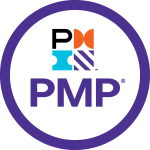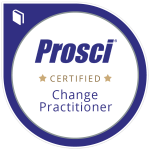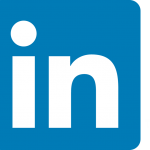Why hire consultants?

We share a set of practices on “Why hire consultants?” Topics include staff augmentation, perspective, roles, and internal barriers. The article also touches on traditional concerns about consultants, including over-reliance on third-parties to manage mission-critical activities.
Swift Teams
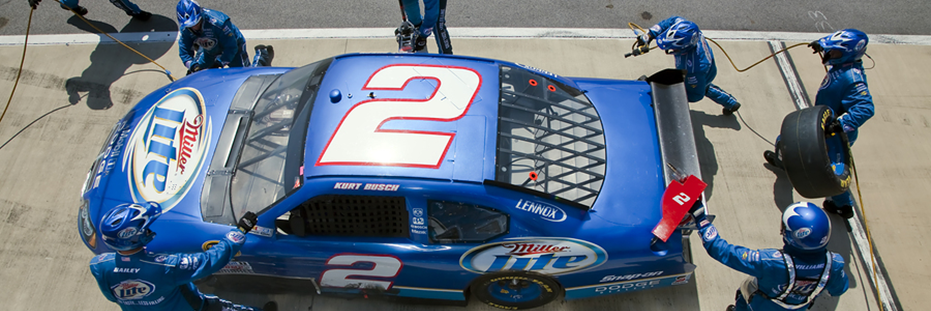
Swift-Teams(sm) exemplify the fusion of proven traditional change- and program-management techniques enabled by agile, collaborative tools and methodologies. Characteristics include: client led; collaborative; solutions driven; visible and transparent; and iterative and adaptive
Determine what is most important with the Rapid Assessment Framework

We have developed an objective “root cause” approach to assess enterprise health against a prioritized short-list of 89 critical dimensions each with 4 observable behaviors organized into 14 elements utilizing a browser-based polling/survey technology. The tool is editable for language- and industry-specific vocabulary.
Executive Alignment

Executive teams must provide both the vision for change and “active management” throughout execution. But there must be more. With the explosion of information and the accelerated pace of change in the business environment, decisions must be pushed down in the organization. Noted tools include Execution Roadmap and Decision Map
Form, Instructions and an Example

After spending days creating an elegant survey instrument, very few people seem to have given much thought to those receiving the request for some of their time. This concept seems to apply to all sorts of data collection, certain types of analysis, or anything which relies on others to complete. Consider including 1) the form, 2) instructions, and 3) an example.
Enterprise View: Collaboration & The Directed Community

During a dicusssion on “how to” best represent collaboration, one of my colleagues simplified the problem as “It’s not about the direction of the information flow, it’s about the number of contributors and the number of information consumers.” So, we began to analyze collaboration as writers (contributors) and readers (information consumers).
Defining Program Management
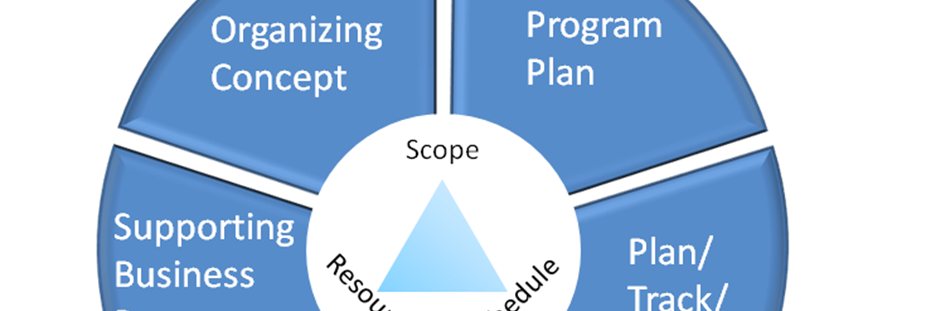
Just as with project management, we only add as much structure as we need to manage our risks. We start at the center of the framework, with the definition of project management. We then “wrap” project management with 5 operating elements of program management (e.g., Program Plan, Plan/Track/Report, Metrics, Supporting Business Processes and Organizing Concept).
The Project Process

Determining how much structure is needed to manage the project, is to think about the project as a process. The process helps define: What the project’s “customer” wants; How much investment- both resources and time is appropriate to achieve the project outcome. For many years we have use a 5 step project process (define, plan, organize, manage, close).
Defining Project Management
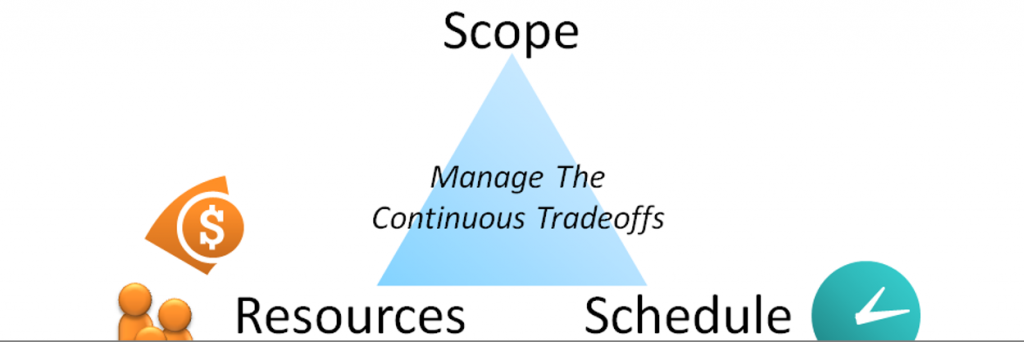
Project management is the continuous management of the trade-offs of scope, schedule and resources. What (scope), When (schedule), and How Much (resources) are the three dimensions which PMI refers to as the “iron triangle.” There are a number of processes you can put in place to support project management, adding only enough structure to manage the risks associated with a specific project.
General Management Framework
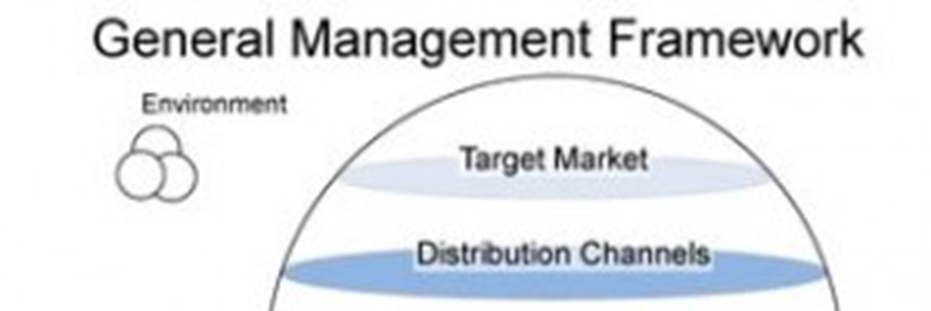
General management framework is comprised of six elements each representing a critical mega-component of the enterprise, including target market; distribution channels; offering; people and capabilities; and, organization. The framework has been successfully used for market analysis and strategic planning in multiple industry verticals.

